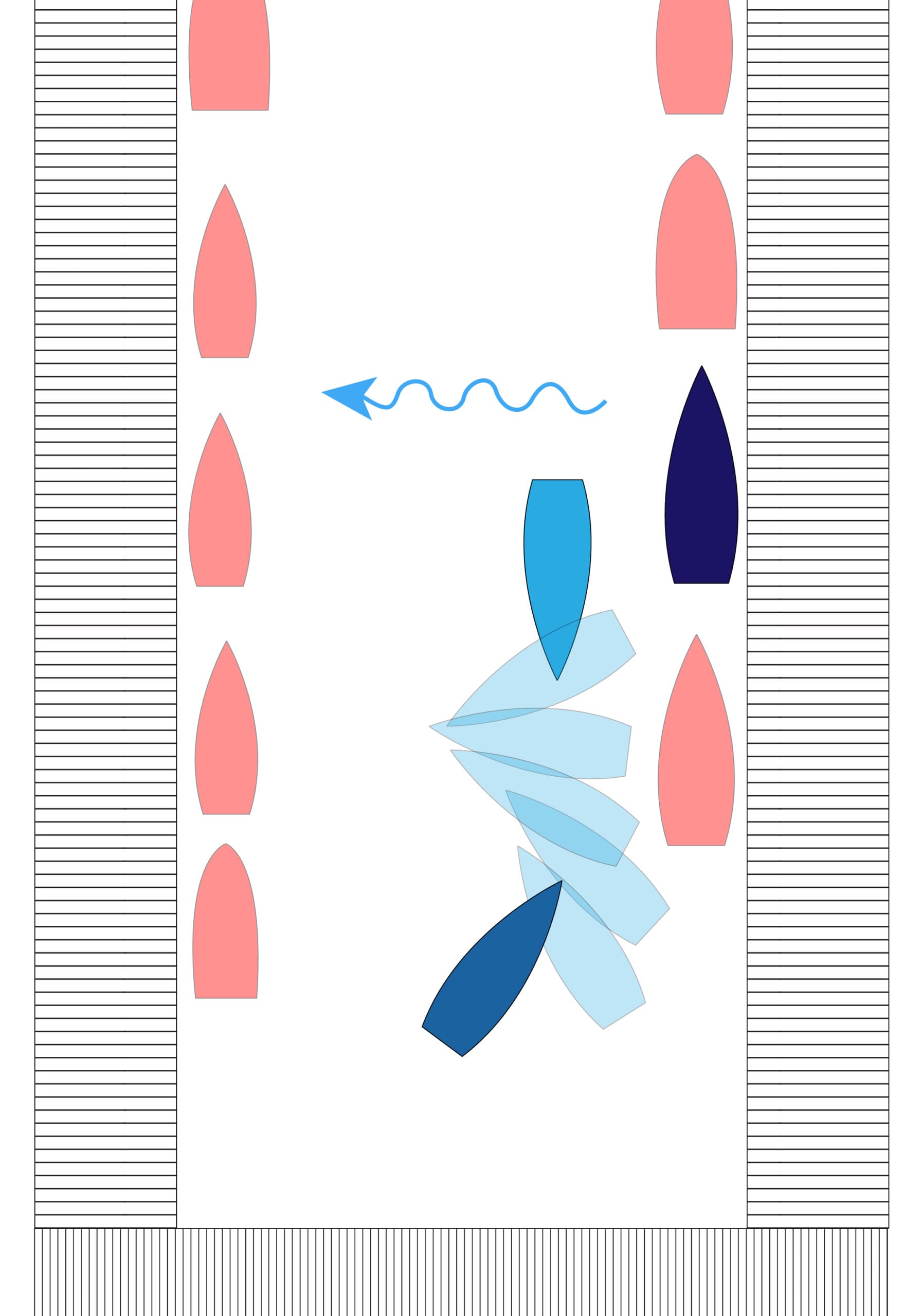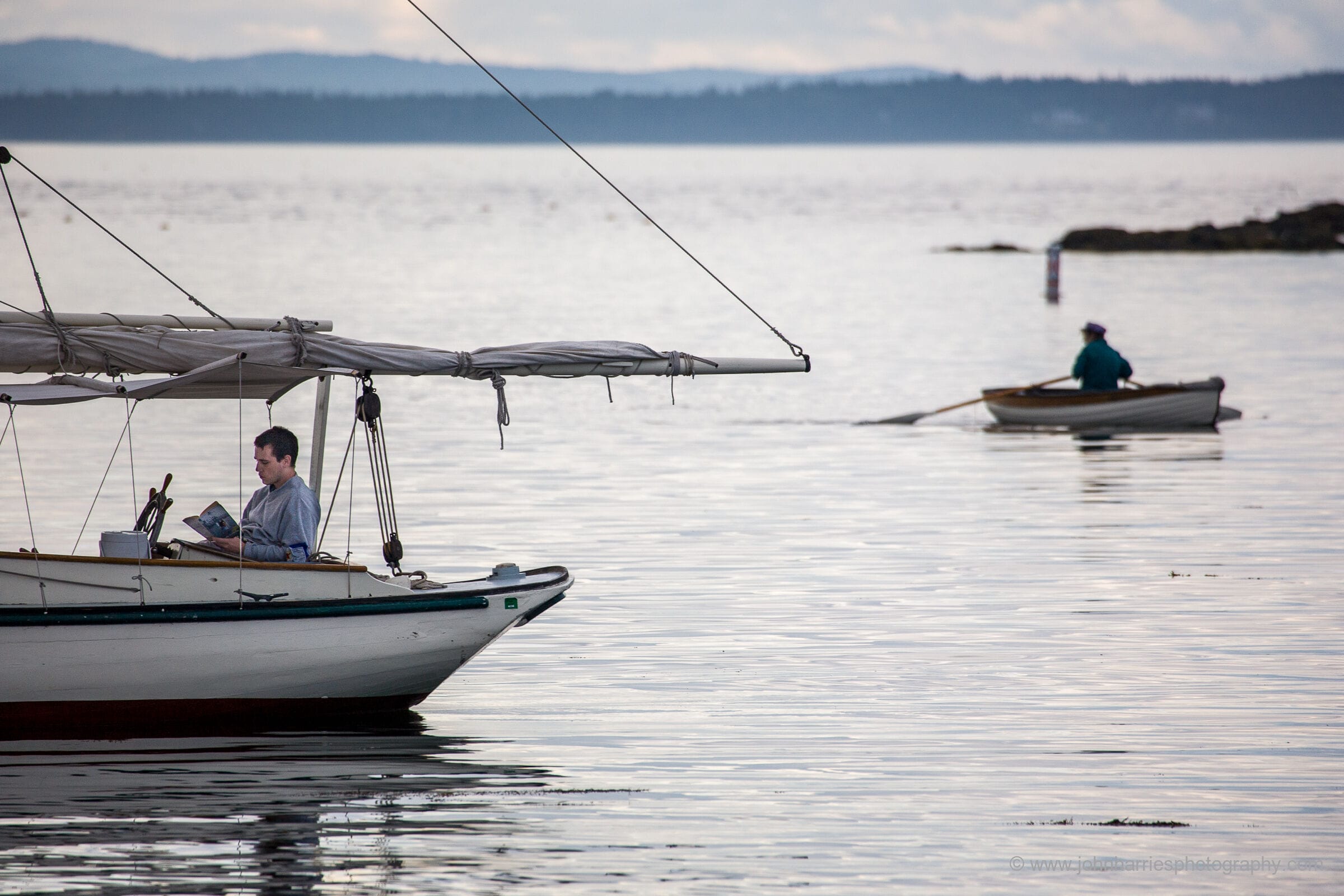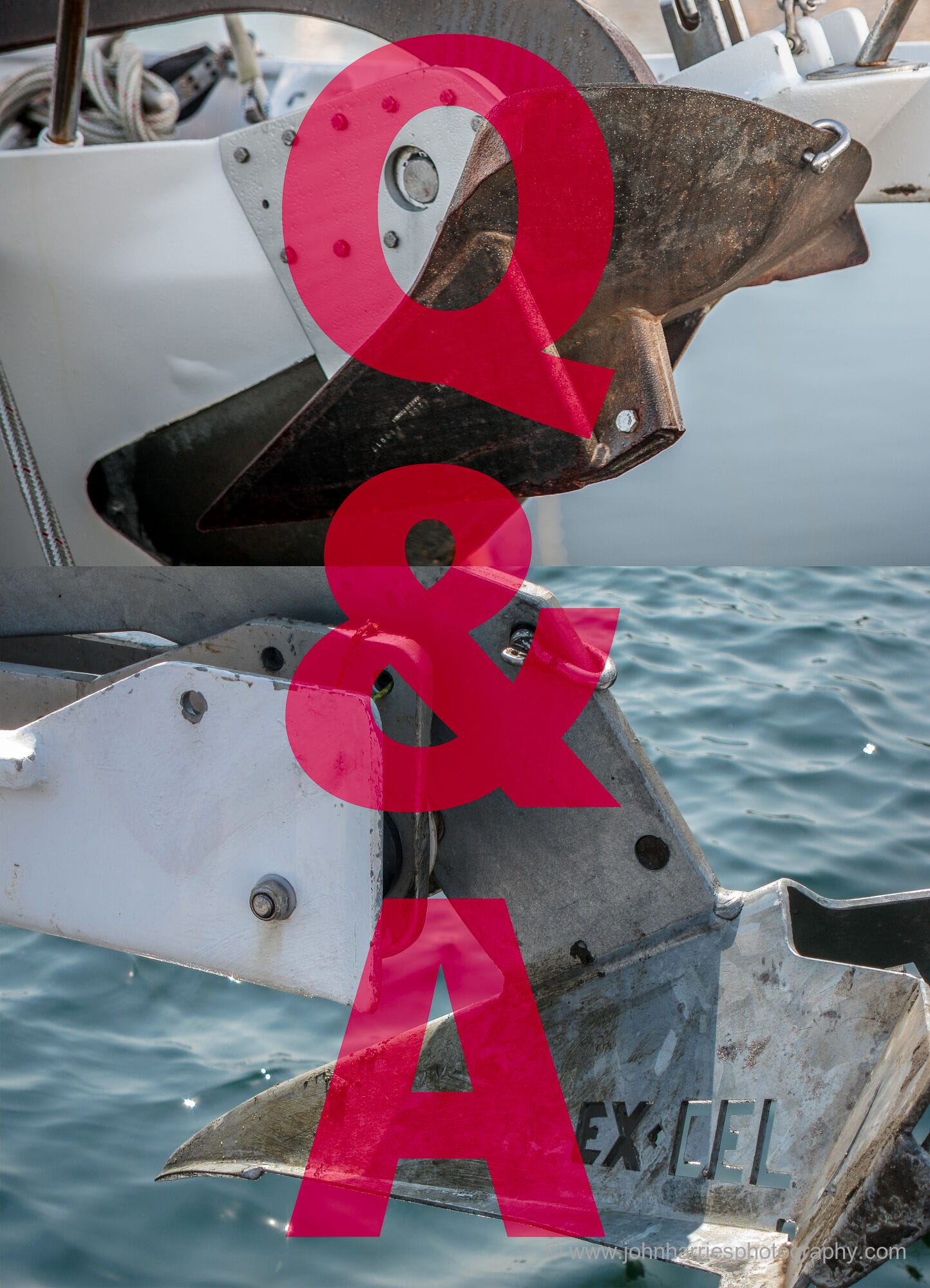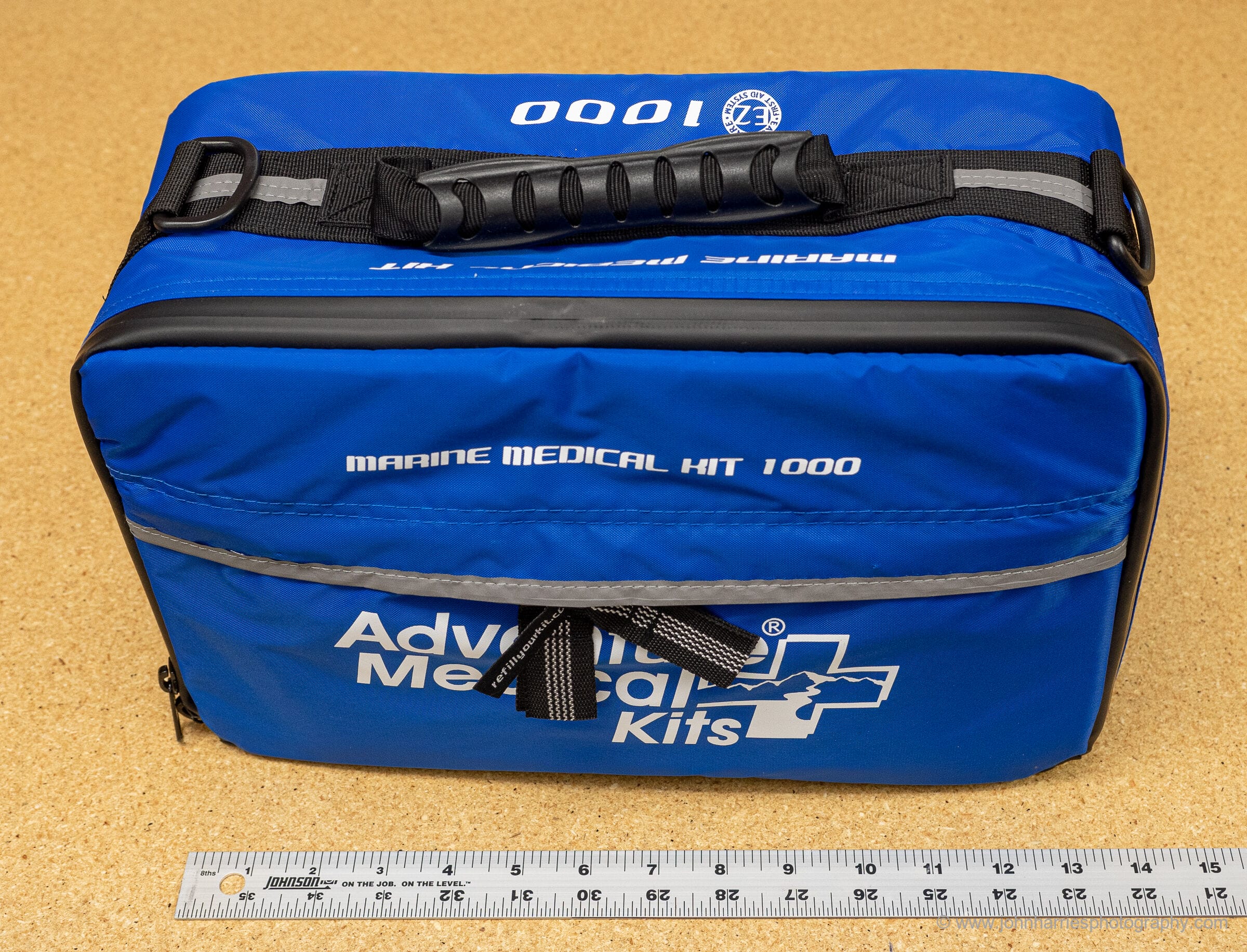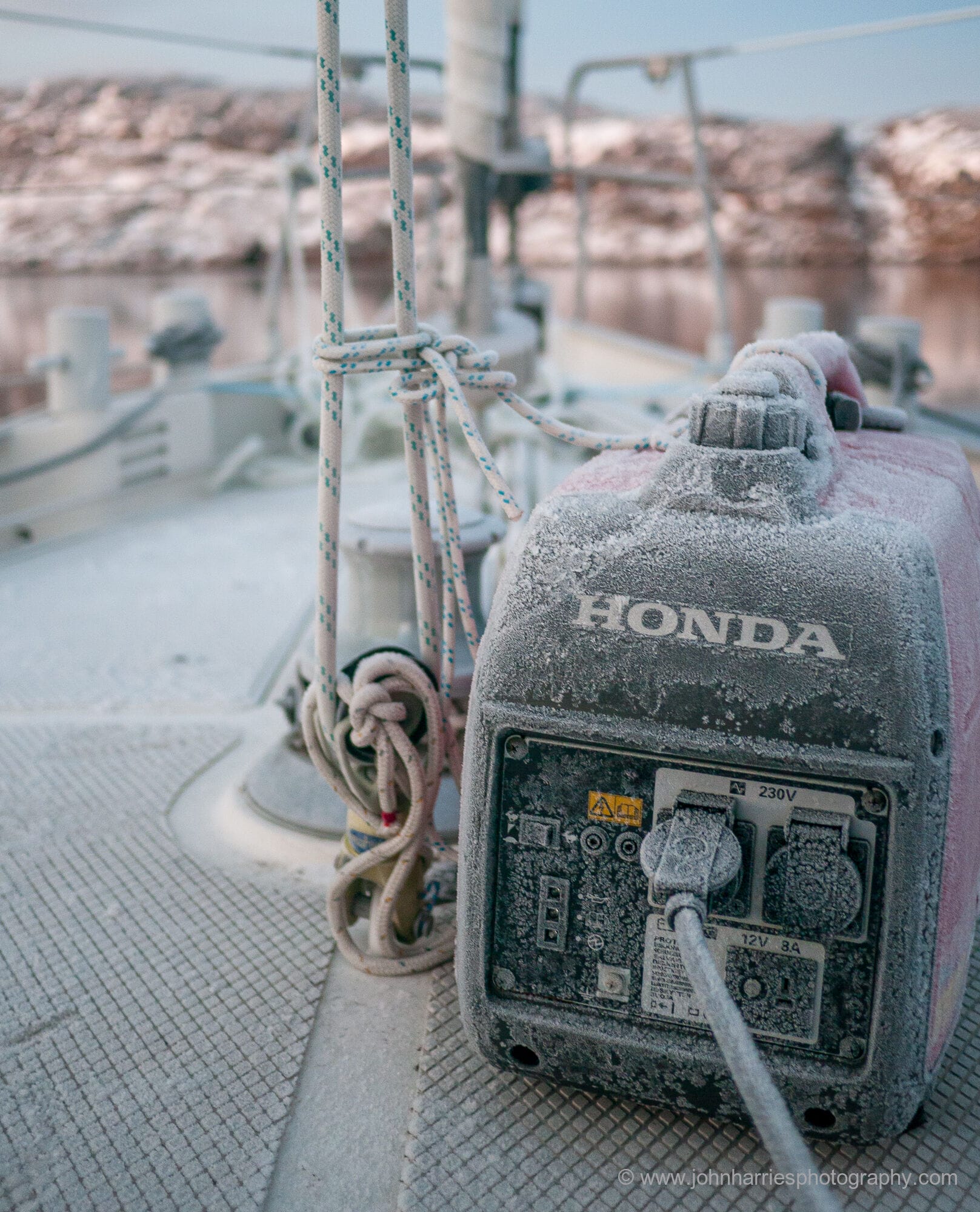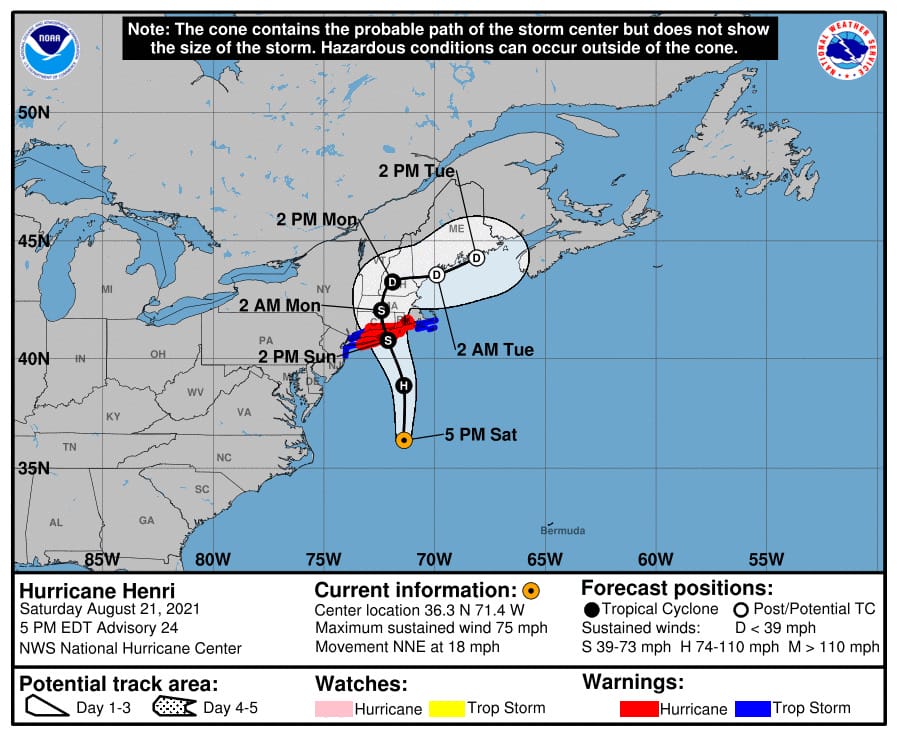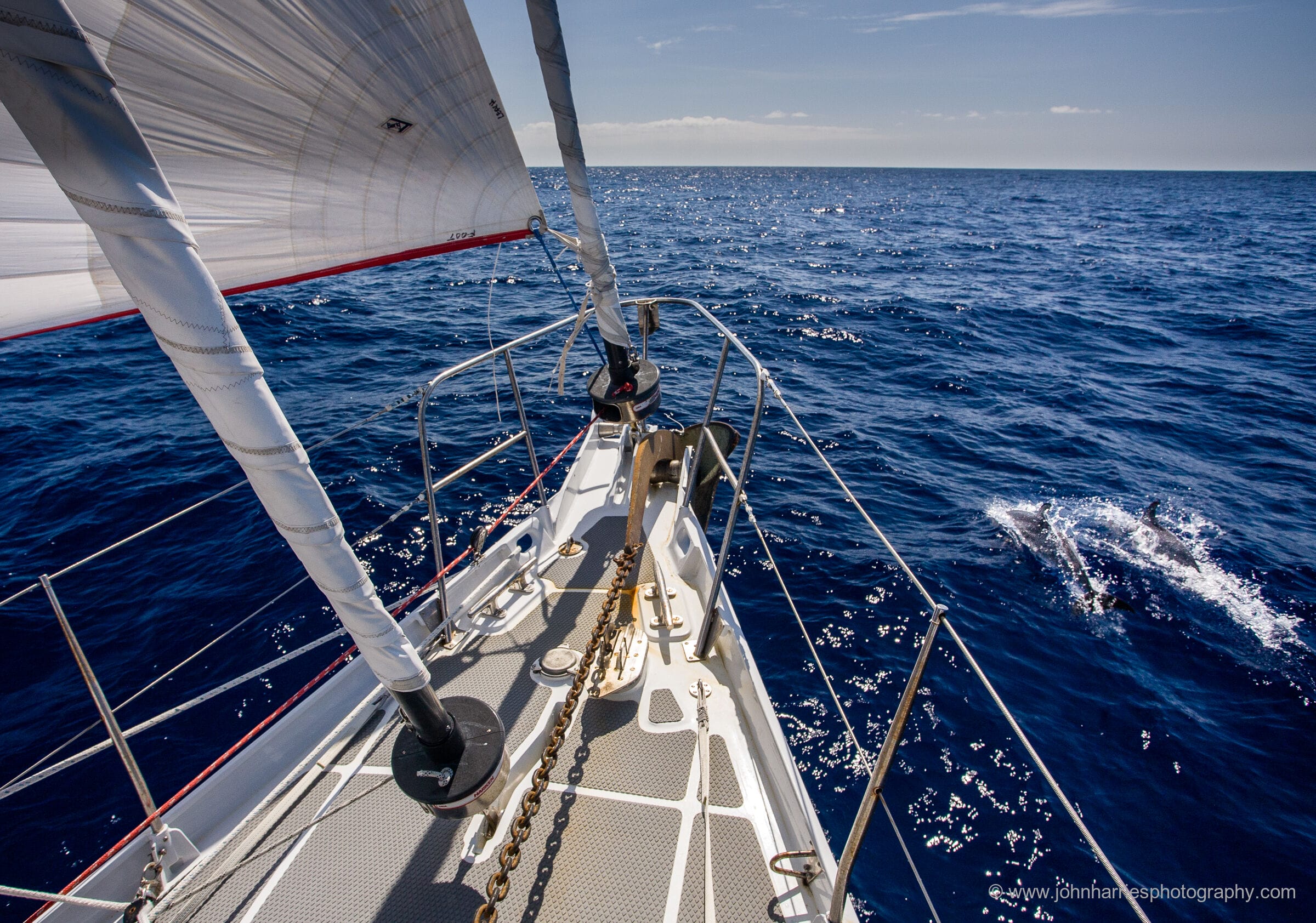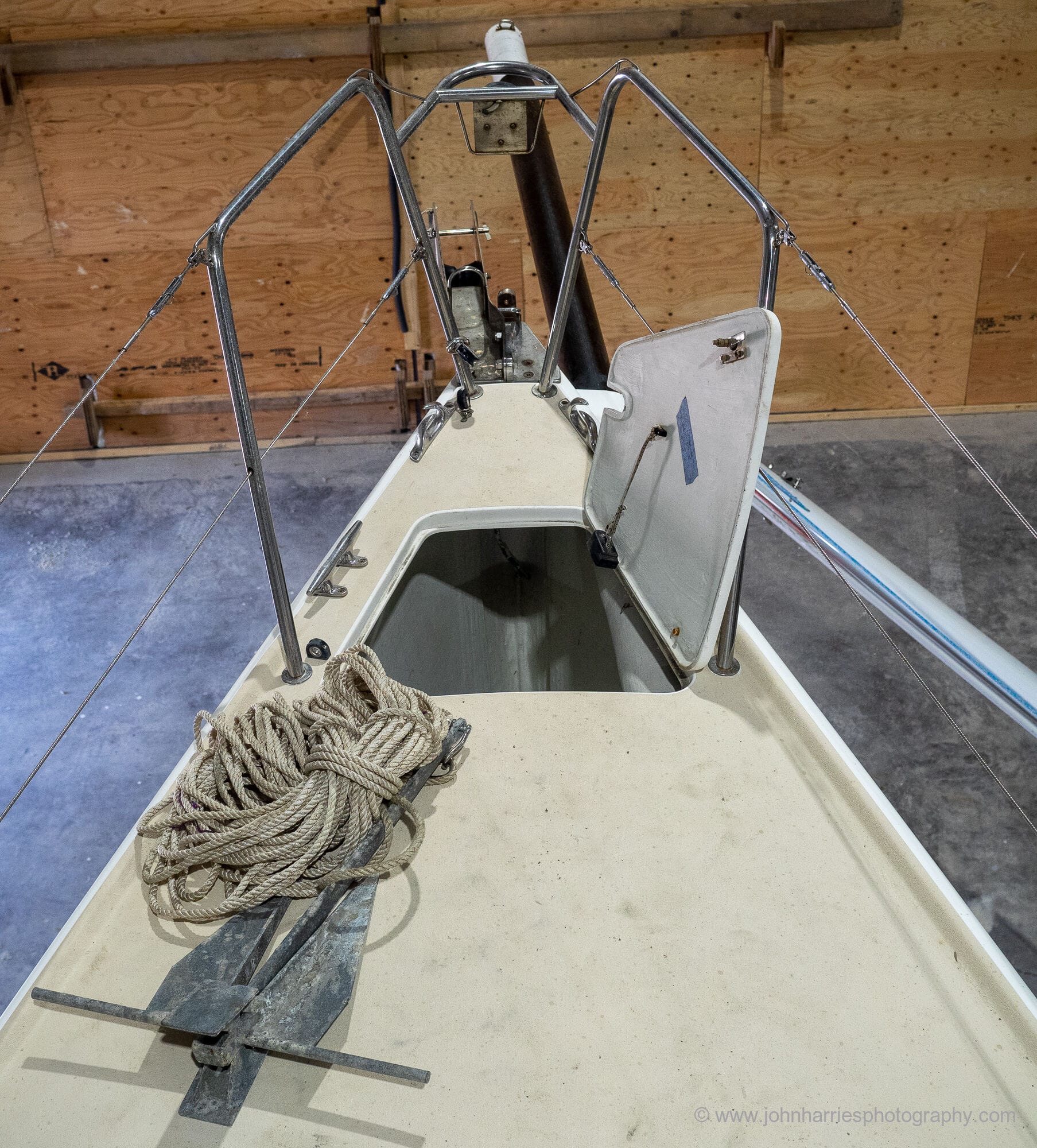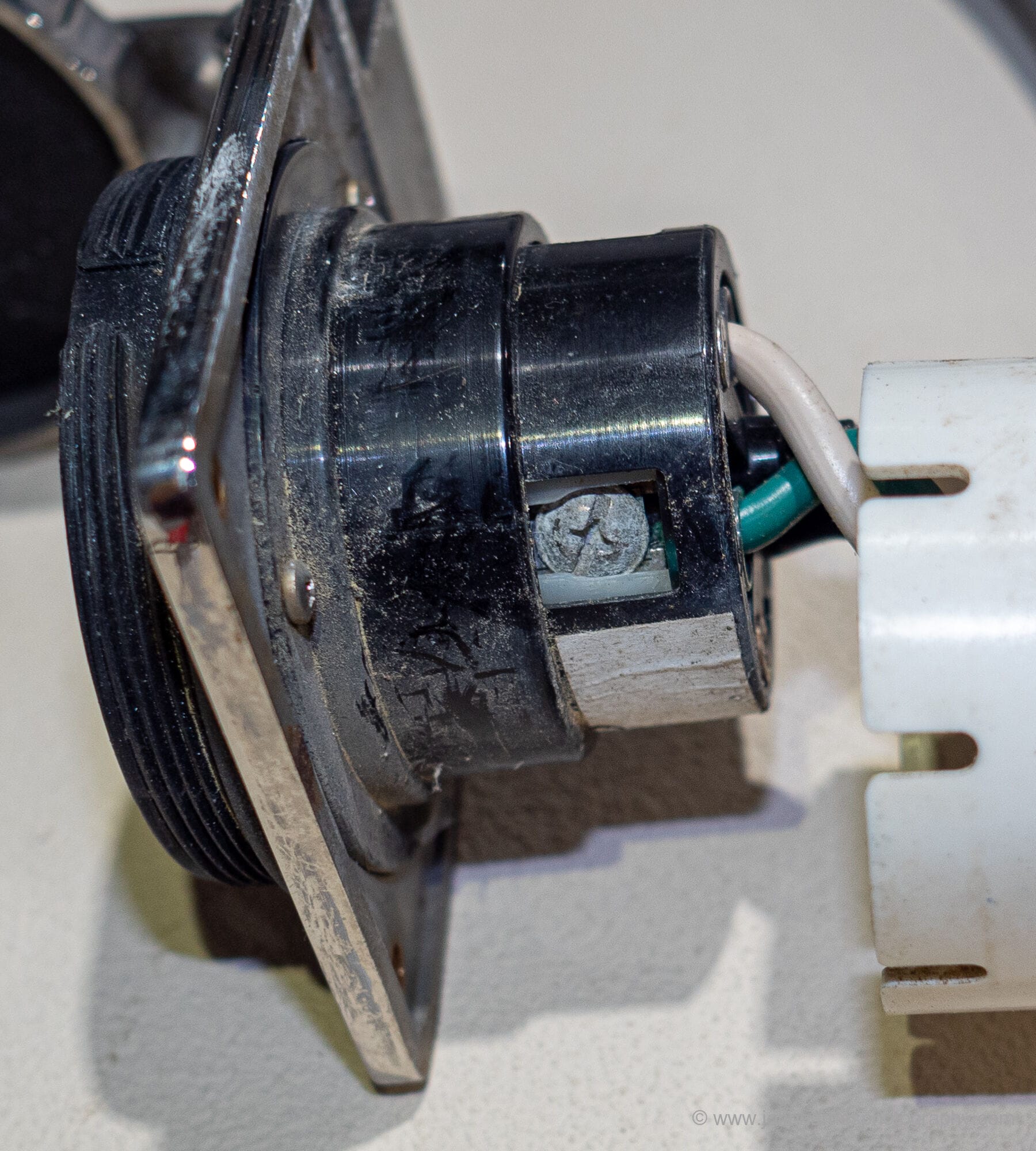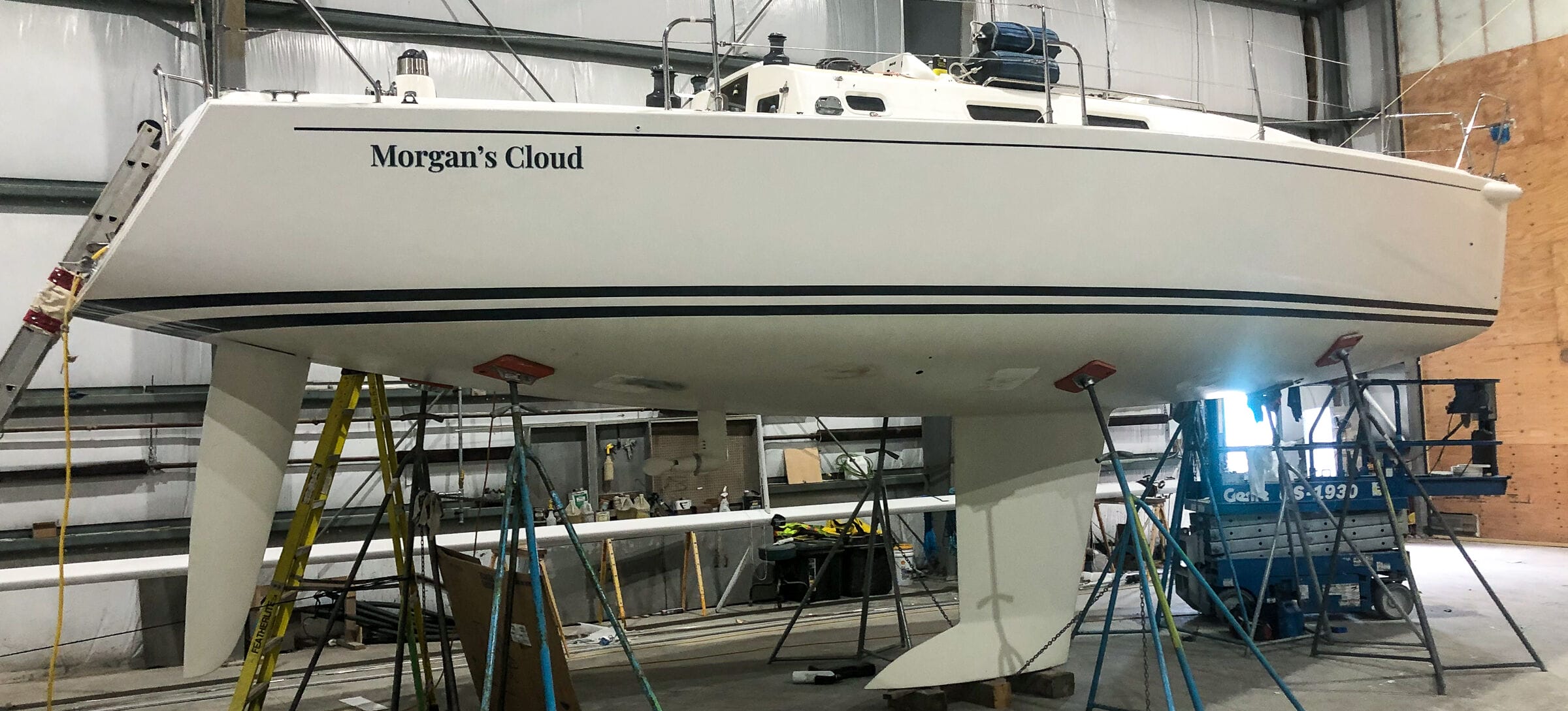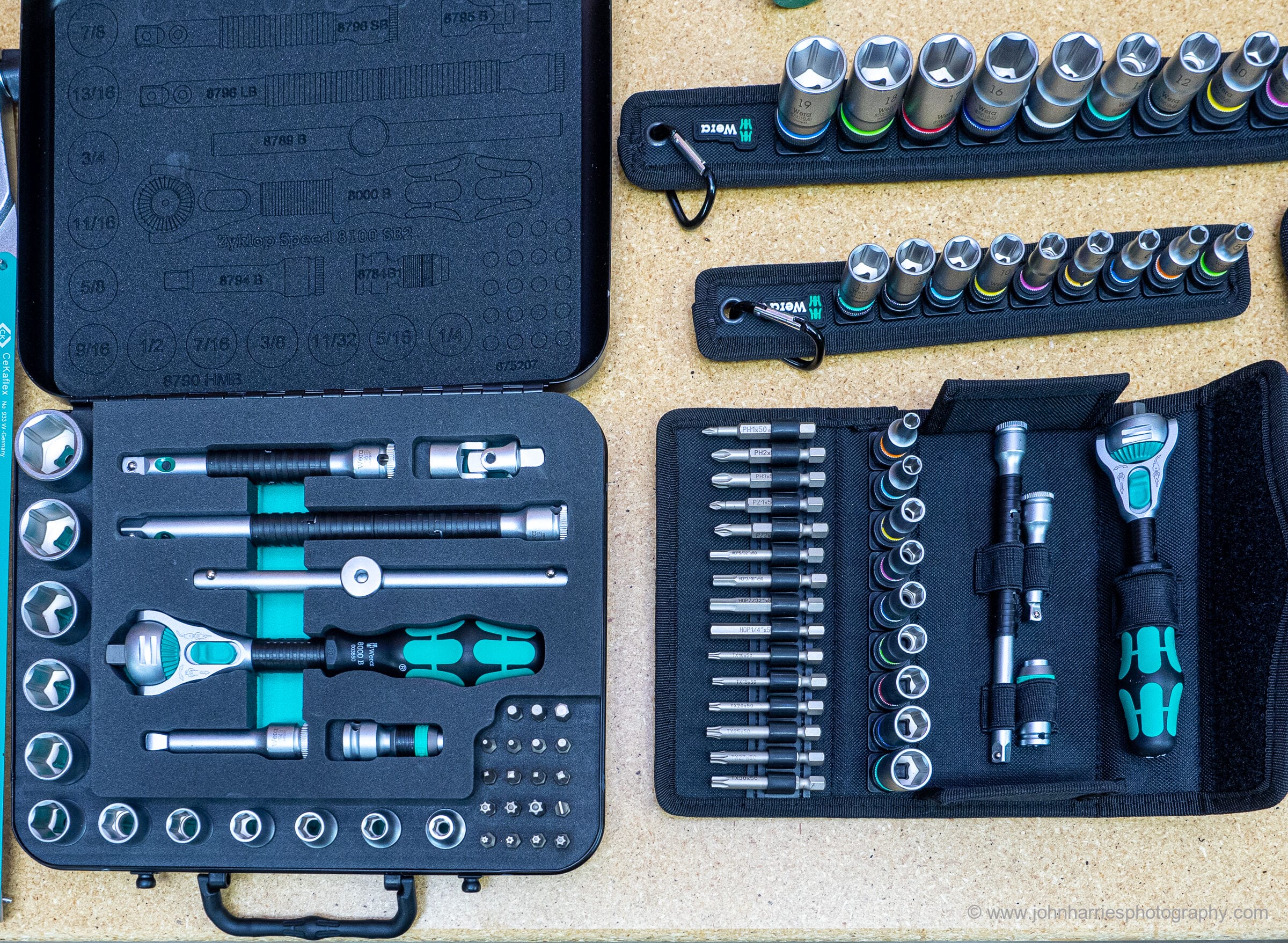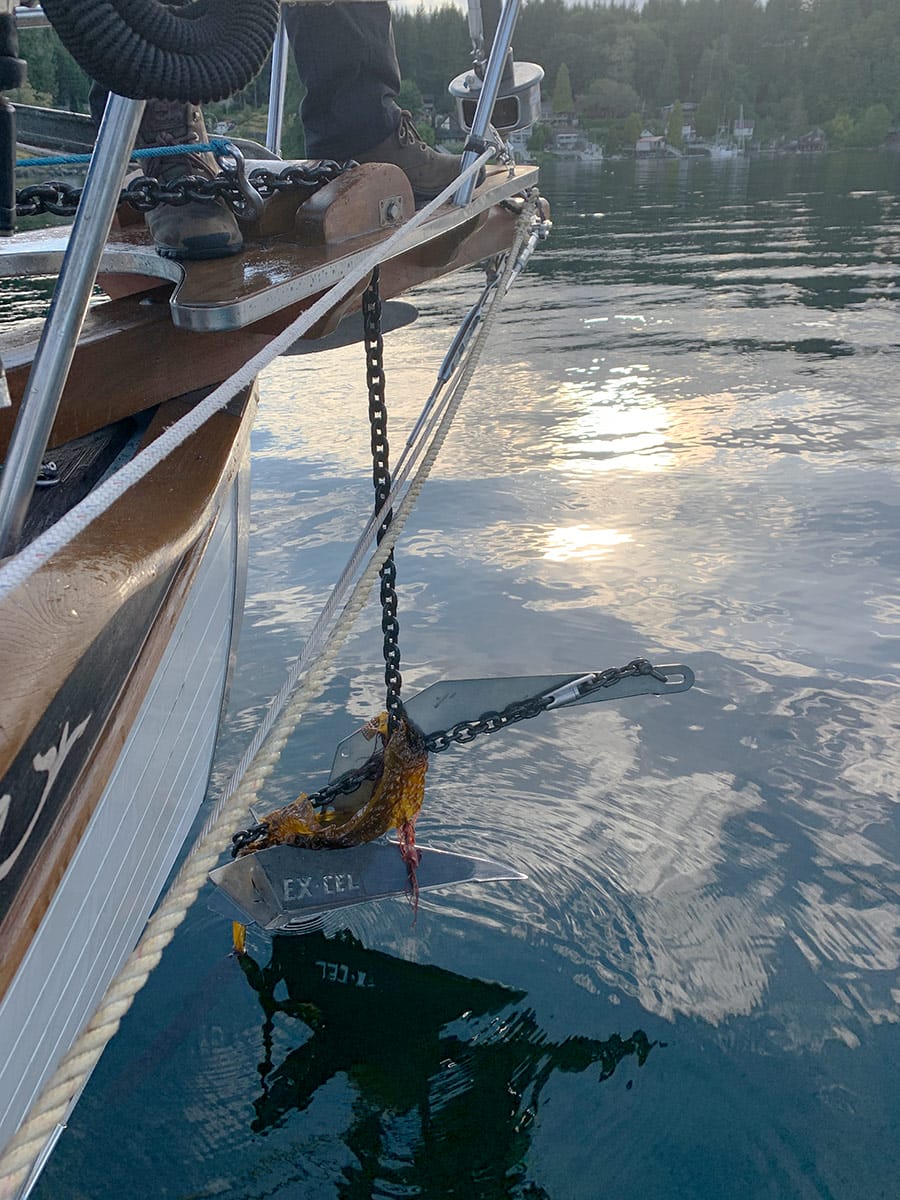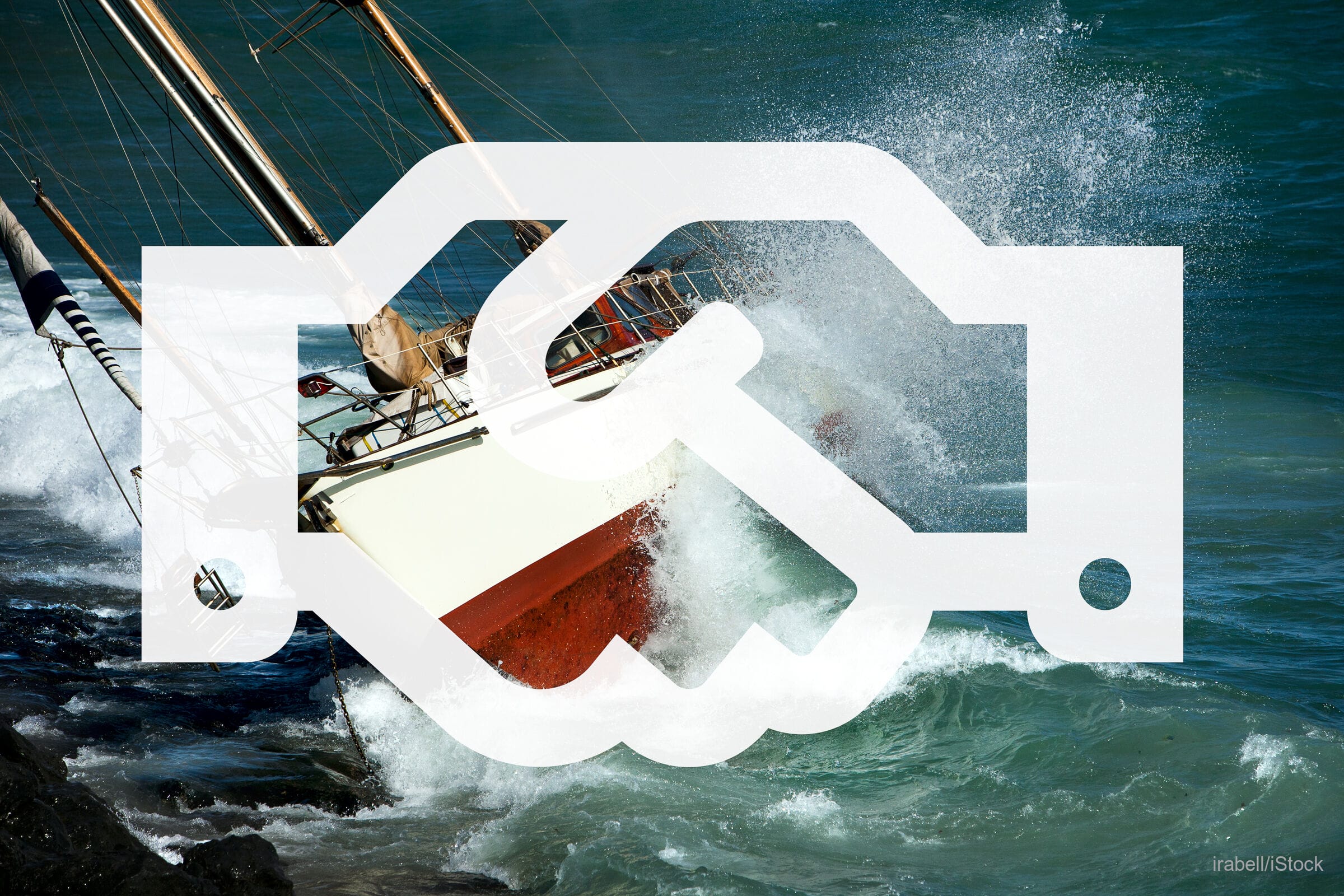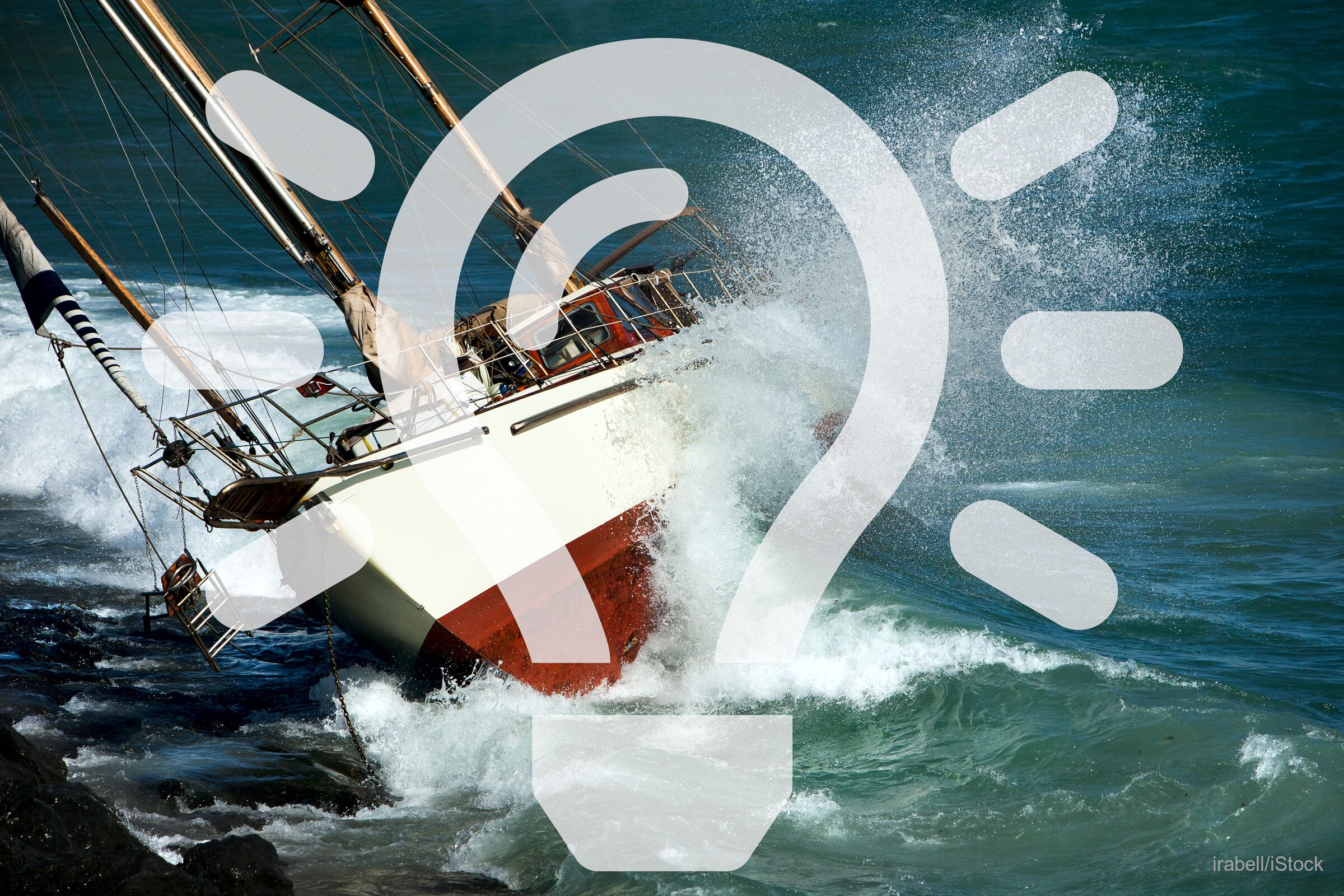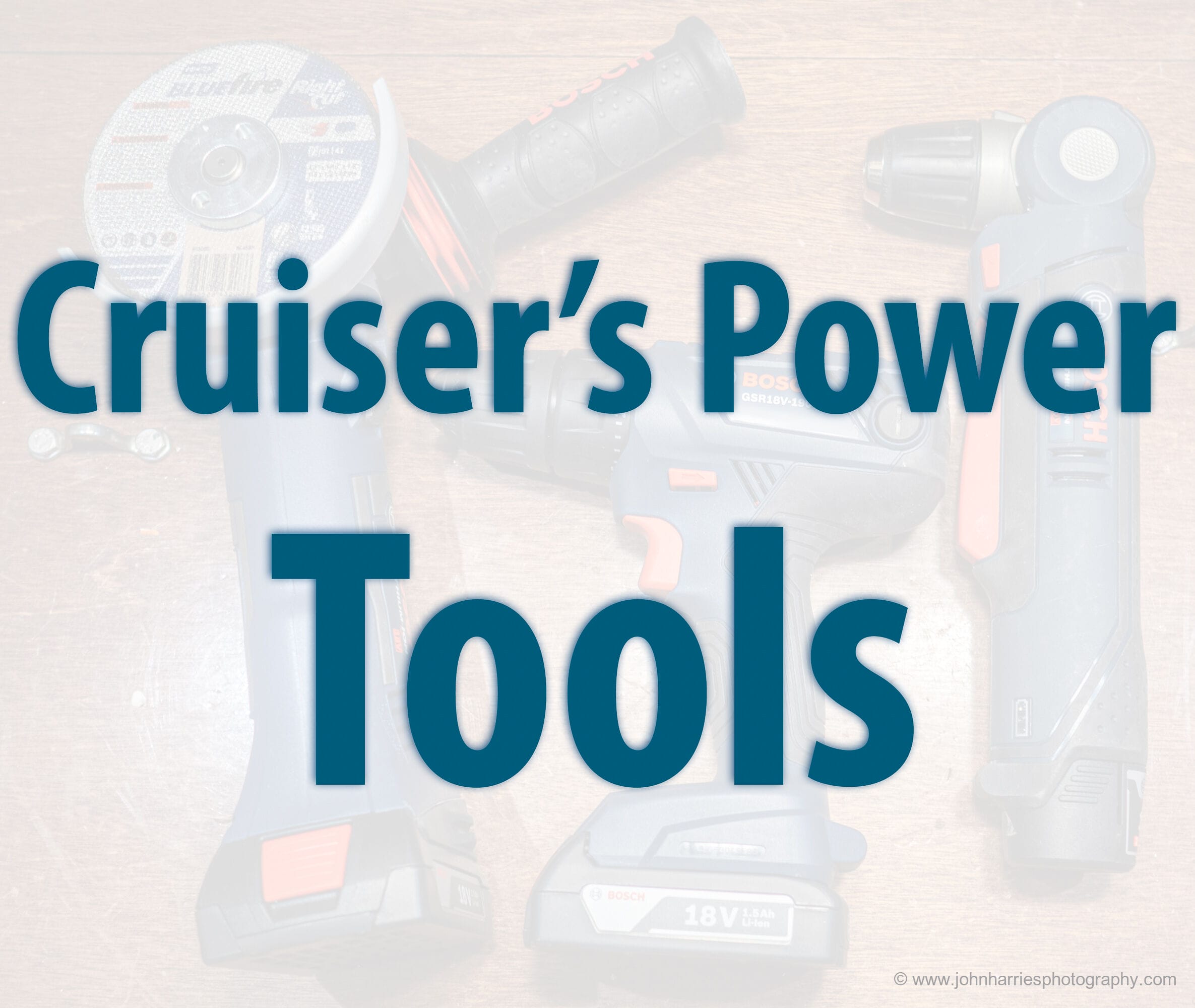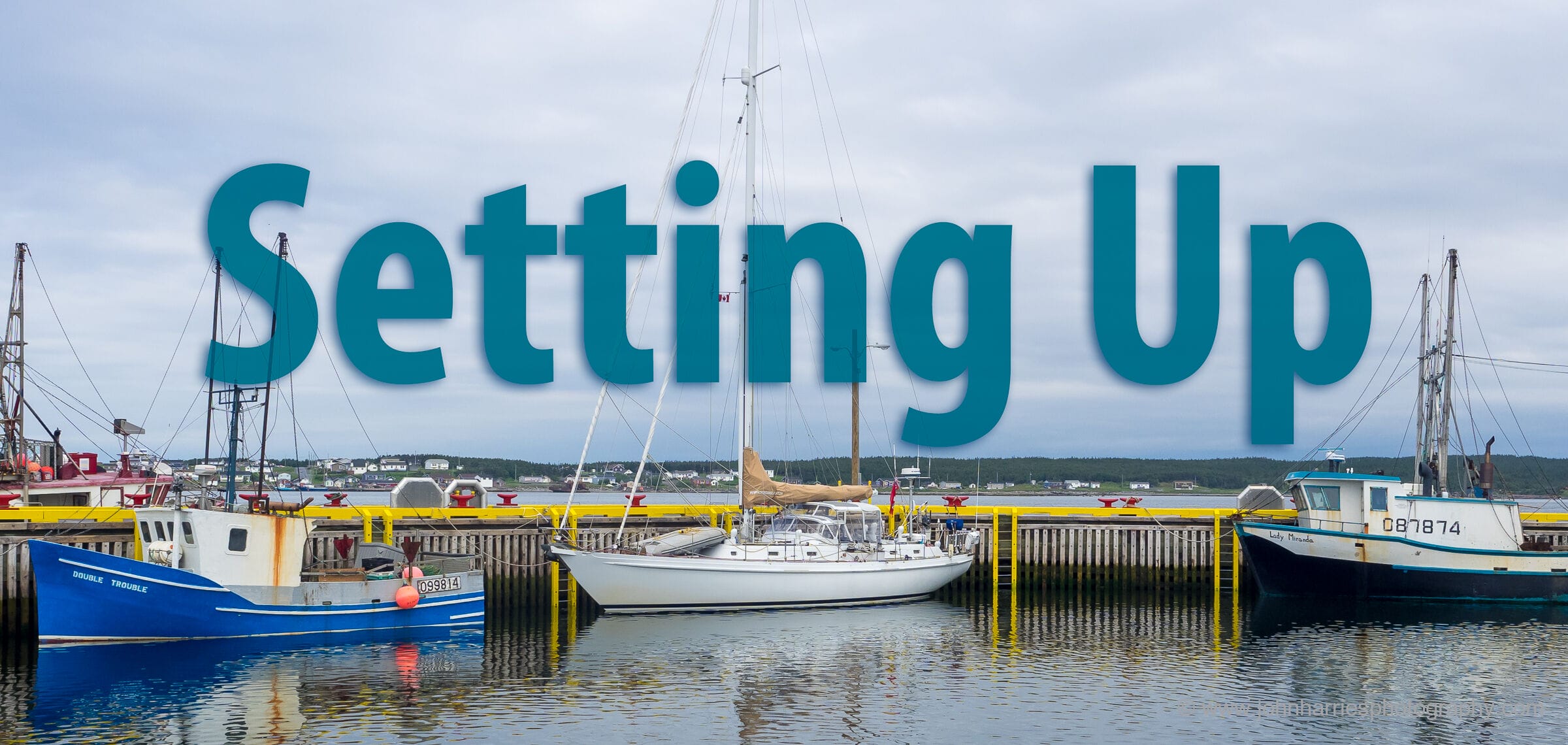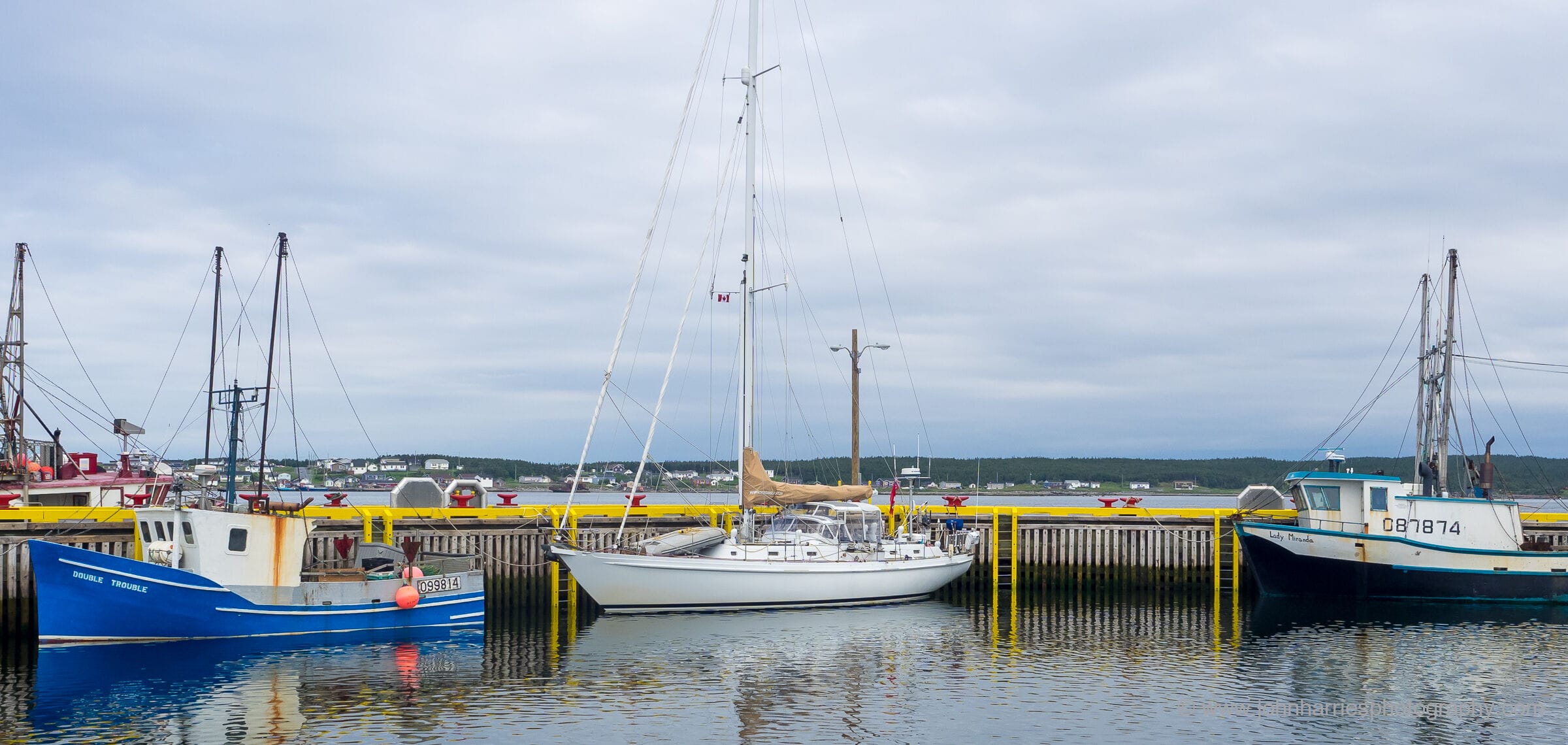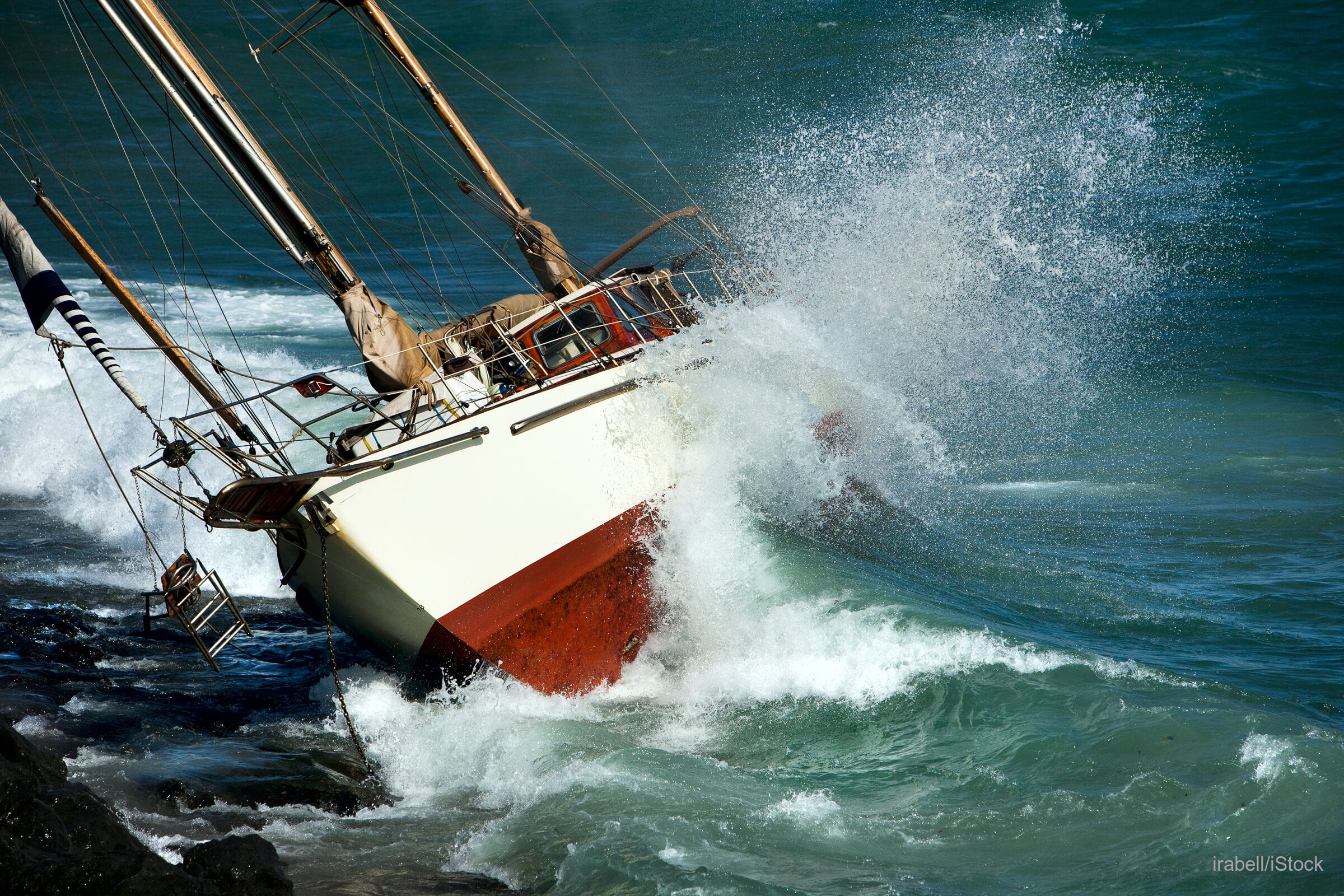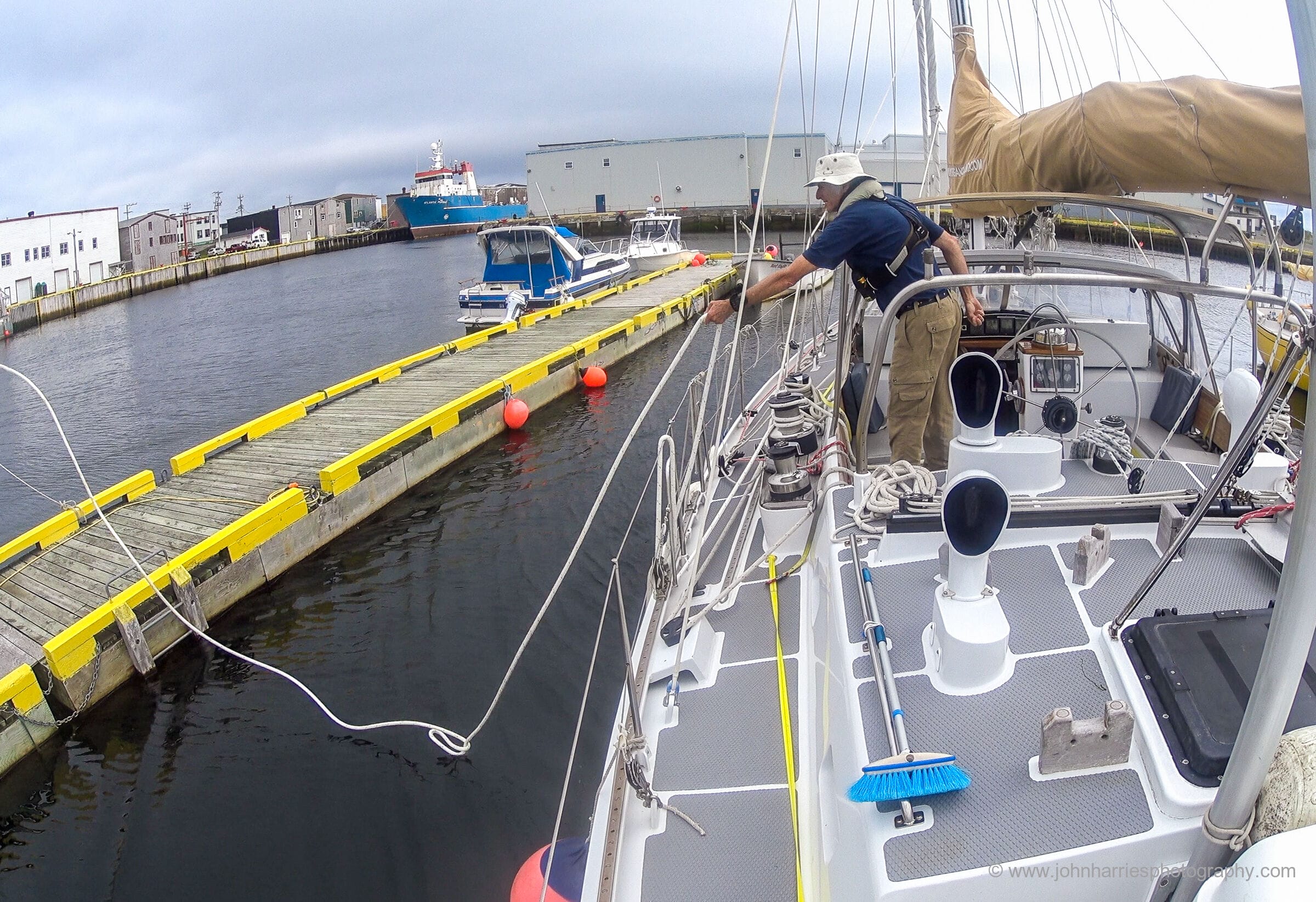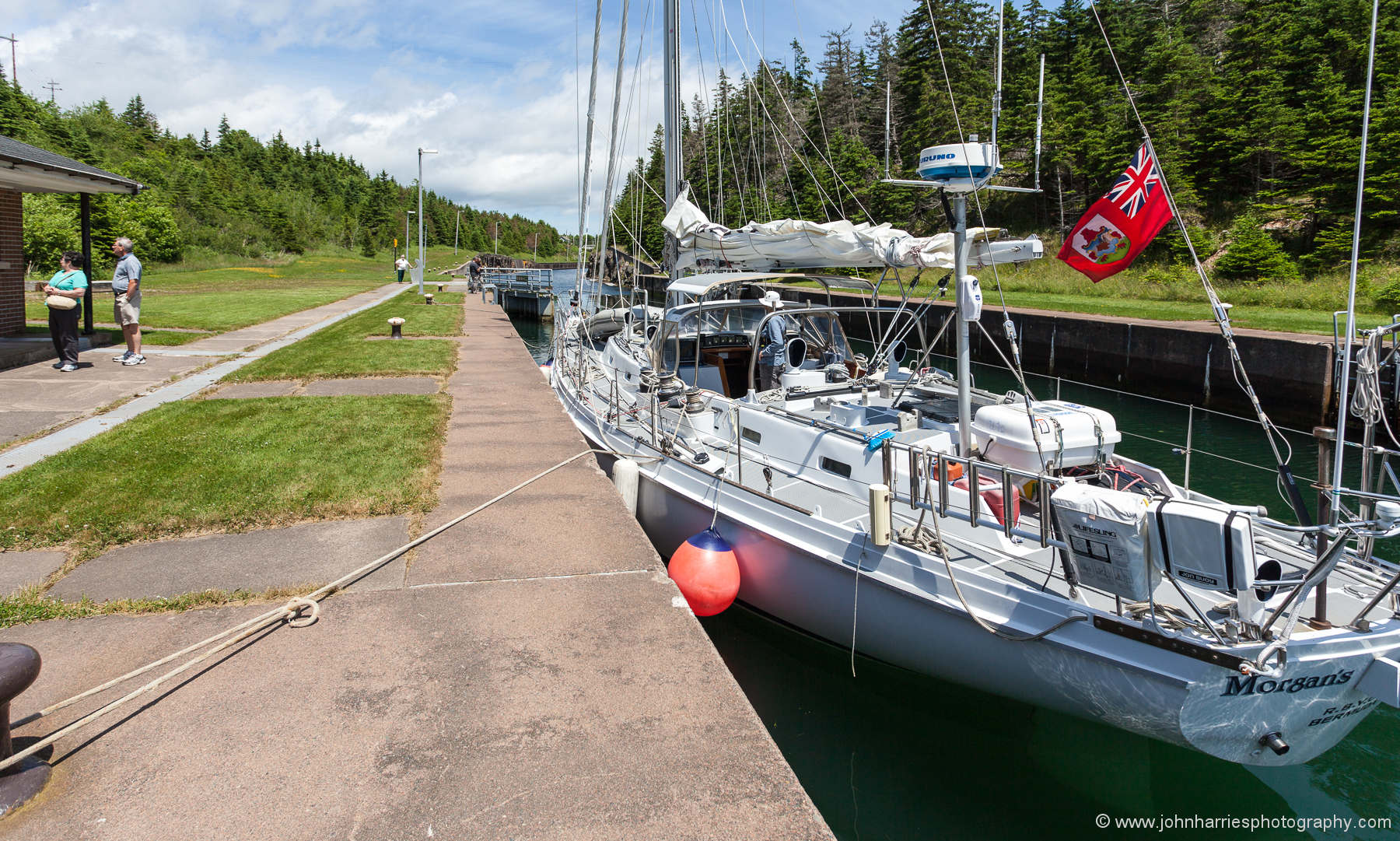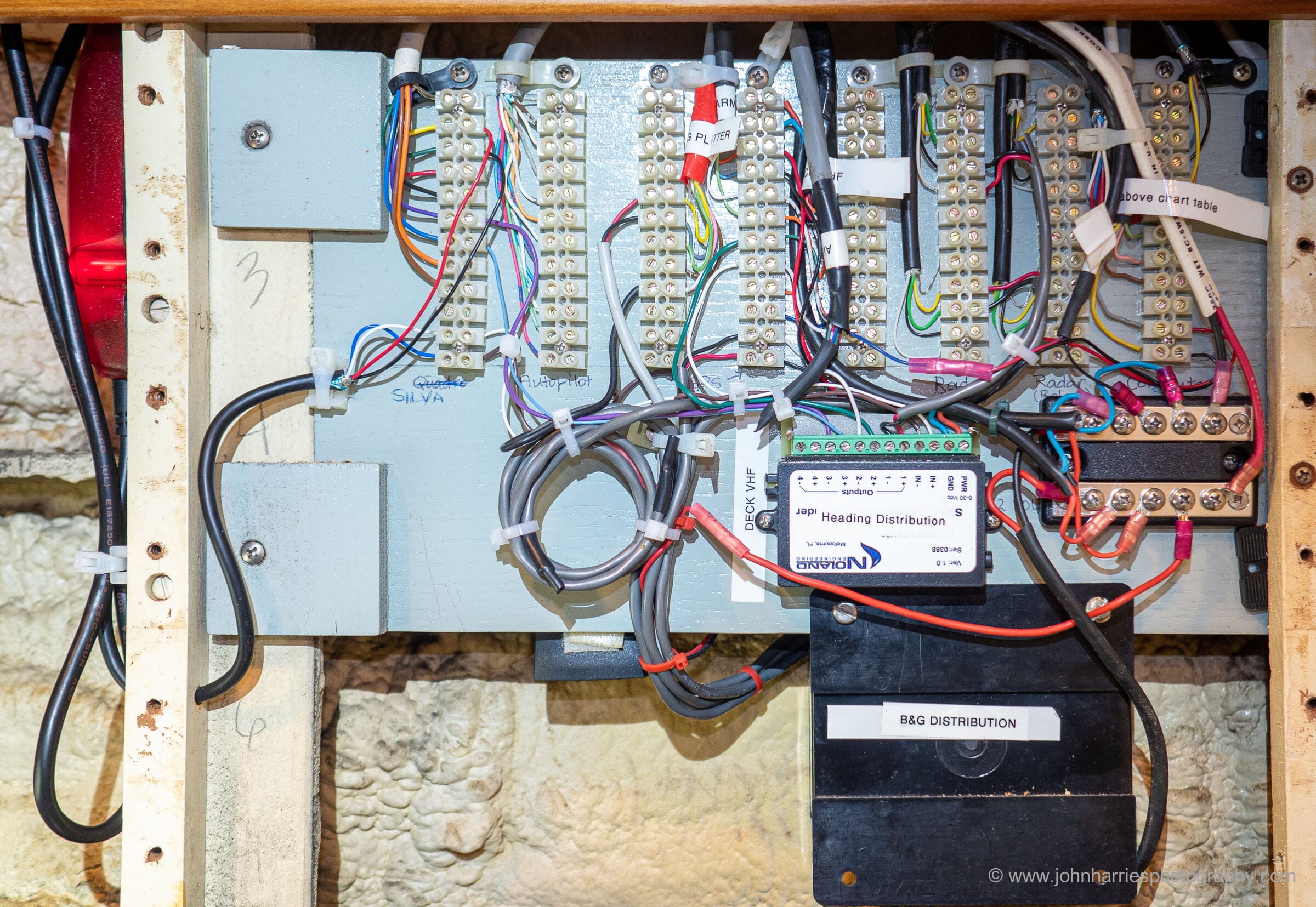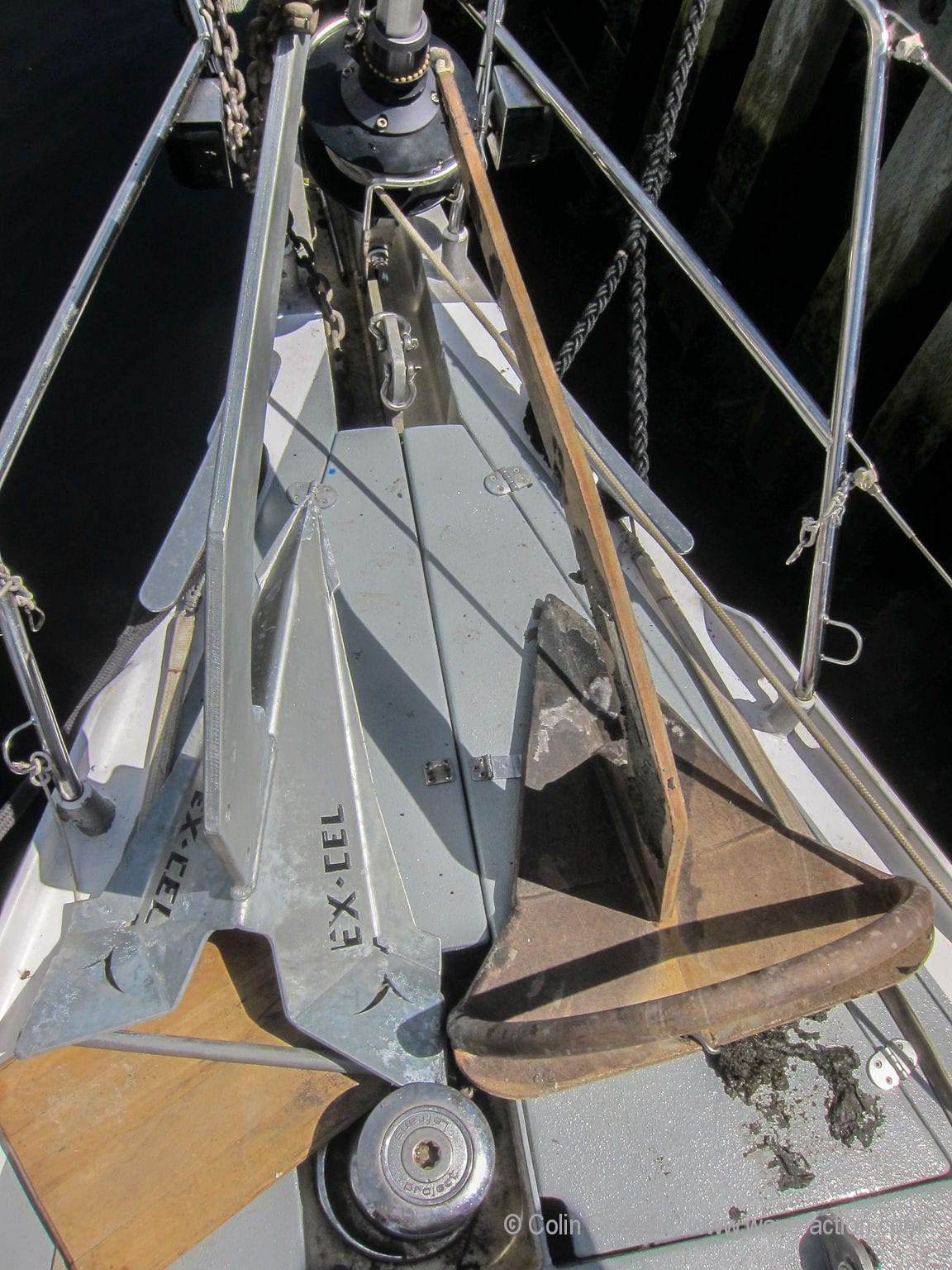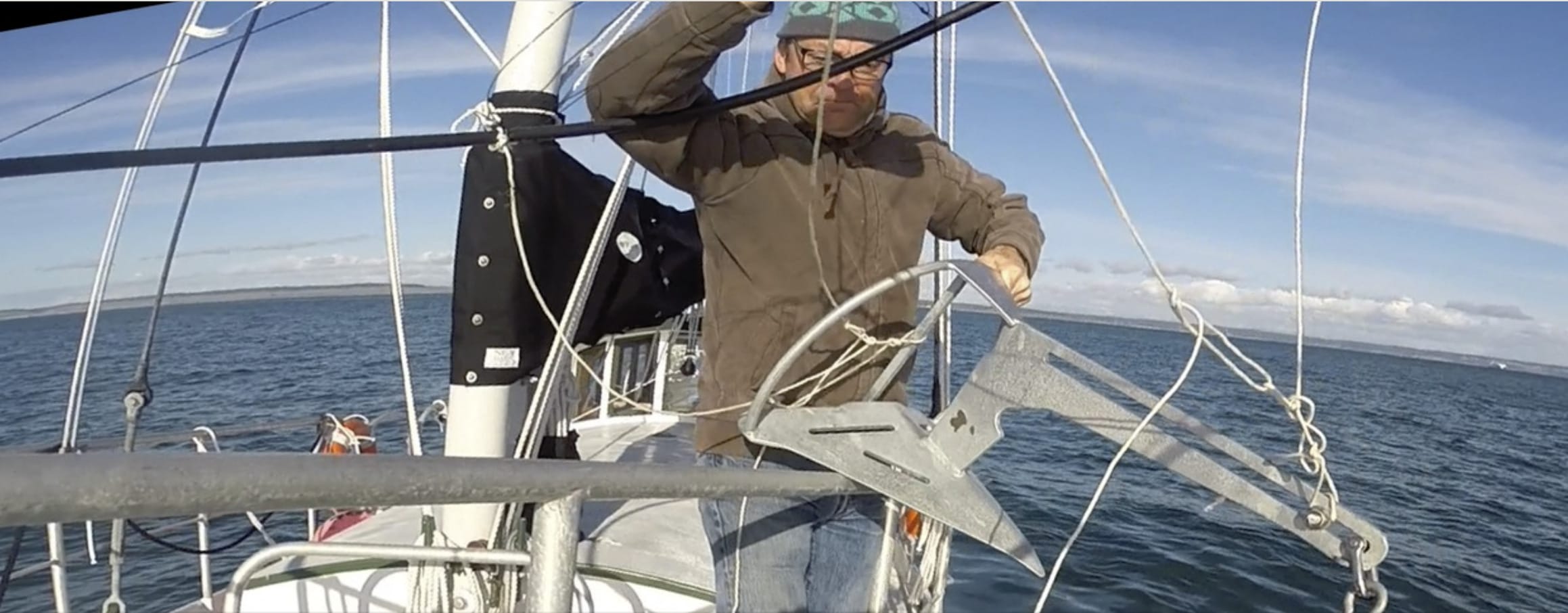-
Going Alongside (Docking) in Current—Turning in Confined Spaces
24 CommentsReading Time: 9 minutesMembersRead more: Going Alongside (Docking) in Current—Turning in Confined SpacesBringing a boat alongside with current flowing can be demanding, but what if we have to turn around, too? Here’s how.
-
John’s Thoughts and Photos, November 2021
42 CommentsReading Time: 6 minutesFreeRead more: John’s Thoughts and Photos, November 2021John’s thinking about anchors (again), some great books to read, a tragedy, and boat design, as well as an attainable adventure.
-
Going Alongside (Docking) in Current—Fundamentals
26 CommentsReading Time: 11 minutesMembersRead more: Going Alongside (Docking) in Current—FundamentalsThere are few greater challenges in cruising than coming alongside in current, particularly if it’s blowing. Here is a step-by-step way to dock in current.
-
Vacation (Holiday), Sailing and Camping
10 CommentsReading Time: 3 minutesFreeRead more: Vacation (Holiday), Sailing and CampingPhyllis and I will be taking two to three weeks off from publishing new articles.
-
Helping a Member Choose an Anchor
70 CommentsReading Time: 11 minutesMembersRead more: Helping a Member Choose an AnchorA real world example demonstrating how each of us must think carefully about our own needs when selecting an anchor, not just blindly follow tests or anecdotal reports.
-
A Good First Aid Kit
55 CommentsReading Time: 7 minutesMembersRead more: A Good First Aid KitSome thoughts on selecting a good first aid kit for cruising and then deciding what to add to it.
-
Why I Won’t Power Our Boat With a Portable Generator
34 CommentsReading Time: 7 minutesMembersRead more: Why I Won’t Power Our Boat With a Portable GeneratorWe often see cruisers using a portable gas generator to feed their boat’s shore power, but is that safe?
-
Never Trust a Hurricane
27 CommentsReading Time: 3 minutesFreeRead more: Never Trust a HurricaneThere’s no question that hurricane forecasting has become more accurate in recent years, but how much should we trust that?
-
Setting and Striking a Spinnaker Made Easy and Safe
125 CommentsReading Time: 11 minutesMembersRead more: Setting and Striking a Spinnaker Made Easy and SafeSome of the most fun and satisfying sailing we can do is under asymmetric spinnaker. Here’s how to set and strike one safely with a sock, even offshore and in big breeze.
-
Turning A Small Simple Boat Into a Cruiser—On Deck
79 CommentsReading Time: 8 minutesFreeRead more: Turning A Small Simple Boat Into a Cruiser—On DeckDespite the claims of sellers and brokers, very few boats come ready to cruise. Here are some of the conversion challenges we are faced with.
-
Check Your Boat Shore Power System
139 CommentsReading Time: 10 minutesMembersRead more: Check Your Boat Shore Power SystemShore power safety is something most of us don’t think about much, but here’s why we should, based on a scary real world experience, and some checks we should all make.
-
Our New Boat Selection Process—Fitness For Mission
83 CommentsReading Time: 8 minutesMembersRead more: Our New Boat Selection Process—Fitness For MissionThe first, and most vital, step in buying a boat is to define the mission. Here’s how well our new boat fits our plans for her.
-
Cruiser’s Tool Kit—Wrenches
56 CommentsReading Time: 9 minutesMembersRead more: Cruiser’s Tool Kit—WrenchesIt’s impossible to maintain an offshore voyaging boat without a good set of wrenches (spanners) and sockets. Here are the tools we chose and why.
-
Things I Learned From Three Anchoring Reports
79 CommentsReading Time: 10 minutesFreeRead more: Things I Learned From Three Anchoring ReportsWe can learn a lot from field reports, as long as we select the right ones to learn from and keep an open mind.
-
29 Tips To Get Insurance For Offshore Voyaging—Negotiating Cover
26 CommentsReading Time: 9 minutesMembersRead more: 29 Tips To Get Insurance For Offshore Voyaging—Negotiating CoverI Part 1 we looked at eleven ways to make ourselves and our boats more attractive insurance risks. Now let’s look at the tough job of negotiating the best deal
-
29 Tips To Get Insurance For Offshore Voyaging—Us and Our Boat
27 CommentsReading Time: 9 minutesMembersRead more: 29 Tips To Get Insurance For Offshore Voyaging—Us and Our BoatIt’s becoming increasingly difficult to get insurance for ocean passage making, but these tips will help.
-
Cruiser’s Power Tool Kit
114 CommentsReading Time: 9 minutesMembersRead more: Cruiser’s Power Tool KitJohn uses some 30 years of offshore voyaging experience to come up with a recommended kit of hand-held power tools.
-
Leaving a Dock Against an Onshore Wind—Part 2
49 CommentsReading Time: 10 minutesMembersRead more: Leaving a Dock Against an Onshore Wind—Part 2The biggest contributor to getting off a dock against a strong wind or current in good order is how we rig up the lines and fenders.
-
Leaving a Dock Against an Onshore Wind—Part 1
47 CommentsReading Time: 9 minutesMembersRead more: Leaving a Dock Against an Onshore Wind—Part 1The first decision we need to make when leaving a dock is whether to go out in reverse or forward. Here’s how to choose.
-
Getting Insurance For Offshore Voyaging—Understanding The Problem
93 CommentsReading Time: 11 minutesMembersRead more: Getting Insurance For Offshore Voyaging—Understanding The ProblemGetting Insurance for offshore passages is one of the biggest challenges facing many cruisers. The first step to success is understanding the problem.
-
14 Tips To Come Alongside Single-Handed—Part 2
38 CommentsReading Time: 7 minutesMembersRead more: 14 Tips To Come Alongside Single-Handed—Part 2In Part 1, I covered seven tips to get set up for coming alongside single-handed. Now let’s look at the tricky part: actually getting alongside alone.
-
14 Tips for Coming Alongside Single-handed—Part 1
61 CommentsReading Time: 7 minutesMembersRead more: 14 Tips for Coming Alongside Single-handed—Part 1Bringing a sail or motorboat alongside (docking) by ourselves can be difficult, but good preparation will make it much easier.
-
Integrating and Documenting NMEA 0183 and 2000 Networks
23 CommentsReading Time: 8 minutesMembersRead more: Integrating and Documenting NMEA 0183 and 2000 NetworksTo be reliable, marine electronics networks must be properly documented. Here’s a quick and easy way to do that.
-
Two More Anchor Selection Criteria
32 CommentsReading Time: 6 minutesMembersRead more: Two More Anchor Selection CriteriaJohn forgot two important anchor selection criteria in the last article, so this one fixes that.
-
Support Steve at SV Panope
30 CommentsReading Time: 2 minutesFreeRead more: Support Steve at SV PanopeLet’s support a guy who is making a real difference.
